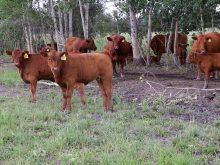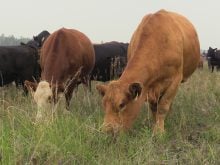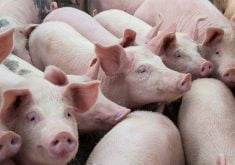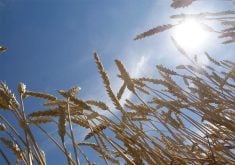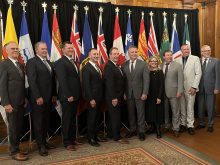LINDELL BEACH, B.C. — It’s not too early for livestock producers to prepare for next season’s production.
A computer model called GPFARMRange (Great Plains Framework for Agricultural Resource Management) will allow them to project livestock stocking scenarios and herd sizes in relation to weight gains and forage yields for the coming spring and summer based on projected seasonal weather patterns.
They could determine which cattle or sheep stocking rates are sustainable.
“The user has to input his/her stocking rate or ‘what-if ’ stocking rate and GPFARM-Range will indicate whether that stocking rate is sustainable or if it is in excess of sustainability,” said Gale Dunn, a U.S. Department of Agriculture soil scientist who helped develop GPFARM.
Read Also
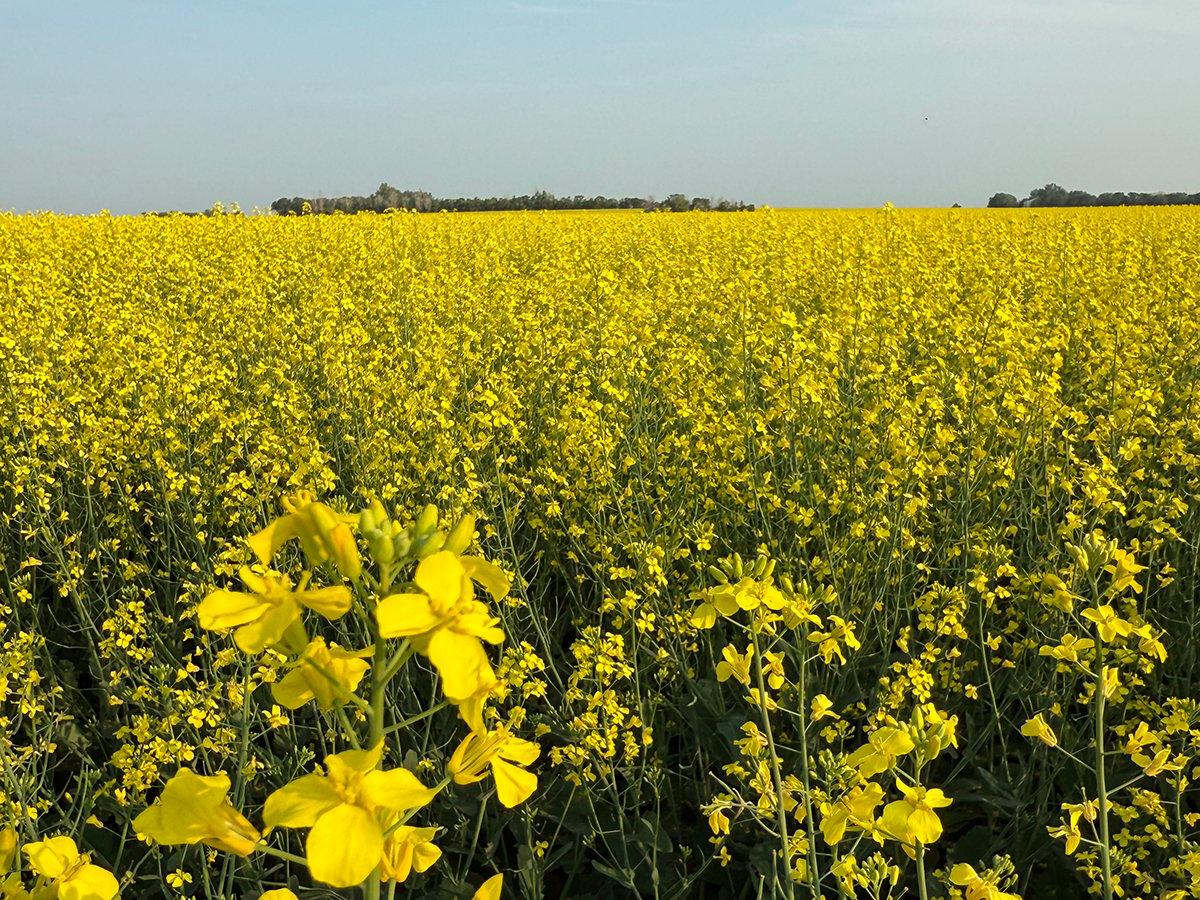
Canola support gets mixed response
A series of canola industry support measures announced by the federal government are being met with mixed reviews.
“The model grows both animals and forage based on environmental conditions for a region. It simulates based on climate, soils, forage composition, and herd details. The simulation runs for as many years as climate data is available.”
Dunn said the project started in the late 1980s as a tool for range scientists called spur.
USDA researchers eventually incorporated spur into a cropping model when they began developing GPFARM.
Spur was improved to include multiple herd types and different forage classes and was tied into the cropping model to provide a more systems-oriented farm and ranch model.
They then developed GPFARMRange as a stand-alone forage model based on natural range forage.
“There are many variables in the model that require access to obscure animal, soil, and plant data,” said Dunn.
“We have narrowed the number of variables through a user-friendly interface. (These are) variables that the average rancher or range manager could have access to. They include herd details (cows, calves, steers and when they go on and off range), soil parameters such as texture and depth, and plant parameters such as forage composition (grasses, forbs, legumes, and shrubs).”
The model uses long-term averages for temperature, precipitation, solar radiation and high and low daily temperatures. The information is available from regional climate centres.
“We basically tailor it to who’s going to use it: a range manager, scientist or rancher,” said Dunn.
“So there are multiple versions. The model uses long-term 30-year average climate information for the region that it’s being used in. What we want is to allow the user to play what-if games. If they expect to have a drier-than-average year, they run the simulation to see what would happen.”
Researchers have conducted extensive, successful testing with data from USDA range stations in Wyoming, Montana and Oklahoma.
Range managers and researchers in the Natural Resources Conservation Service, Forest Service and the Bureau of Land Management have also tested the model.
The most recent tests were on sheep pastures in Montana and beef cattle pastures in Oklahoma.
The Oklahoma test drew scientists’ attention to forage yield losses from soil compaction caused by higher stocking rates. The results were published inRangeland Ecology and Management.
“We design for simplicity so that most computer users could utilize it,” Dunn said.
“We spent a lot of time working with farmers on our GPFARM model and we’ve learned a lot from their usage of those models.”
GPFARM-Range is one of a few range models that can factor in the effects of climate change on stocking rates, predicting the response of forage plants to increased carbon dioxide and warmer temperatures.
A rancher can look at National Weather Service seasonal weather predictions and determine whether precipitation in the coming season would likely be normal or above or below normal.
“The high variability of precipitation in the semi-arid Great Plains makes it difficult for ranchers to choose a stocking rate that is the best balance between economic and rangeland sustainability,” said Sam Adiku, a visiting soil scientist from Colorado State University who is working with the USDA in Fort Collins, Colorado.
This is where GPFARM-Range can really shine, he said.
The model is scientifically powerful with many parameters running in the background, but it is designed to be easy to run by inputting variable information for a specific outcome. It is also designed to be geographically specific.
“We would have to build it specifically for a province or state,” Dunn said.
“If we got a demand from Manitoba, then we would put together a Manitoba version. We are actually working with Saskatchewan on another tool which was in use in North Dakota. They wanted their own version. So we are building a Canadian version of our tool. It’s called the drought calculator. It operates off a single climatic variable and that is monthly precipitation. Long-term average precipitation is proportionate to long-term forage production. If you are above average in precipitation, you’re above average in forage. If you are below in precipitation, you’re below average in forage.”
The researchers are also testing their hypothesis that not every month in the year is important to forage growth.
They look at individual months and combinations of months until they find what months are critical. For example, April, May and June are critical for growth in Wyoming, but precipitation could be zero in Januar y, February and March, which would have no effect on forage growth.
“If you had 50 percent of precipitation in April, that might translate into a 10 percent reduction in growth in July,” Dunn said.
“If you had 50 percent of precipitation in May, now that’s going to knock you down in July and if you get that in June, you’re in trouble. In our analysis, we find out for Saskatchewan or Manitoba what months are important and how important are they. You could have 50 percent precipitation in April and not take a huge hit if May and June are normal.”
He said researchers are re-jigging the drought calculator to incorporate spring temperatures, which will improve predictions for drought.
“We’ve been pleased to have Canada on board,” said Dunn.



